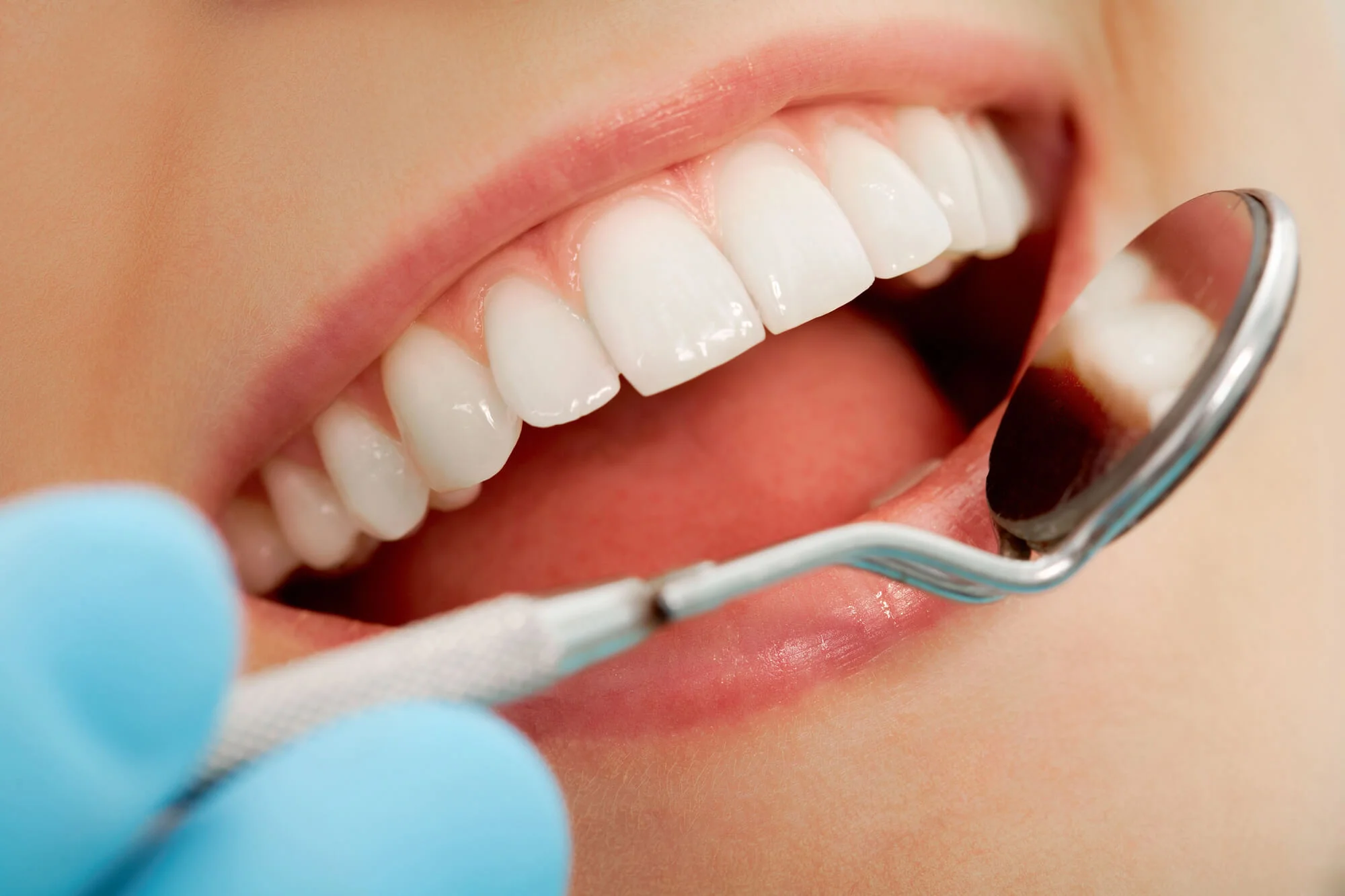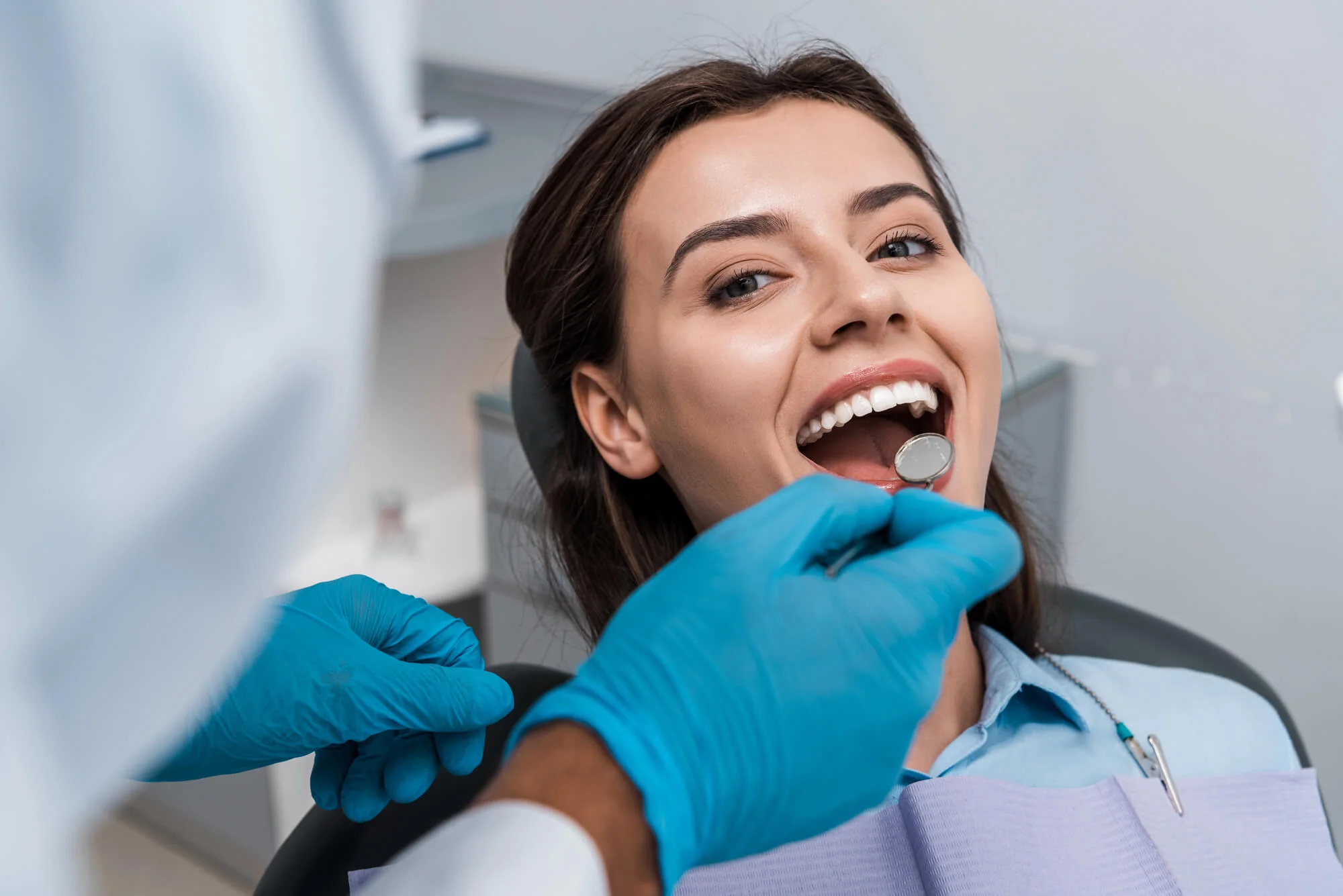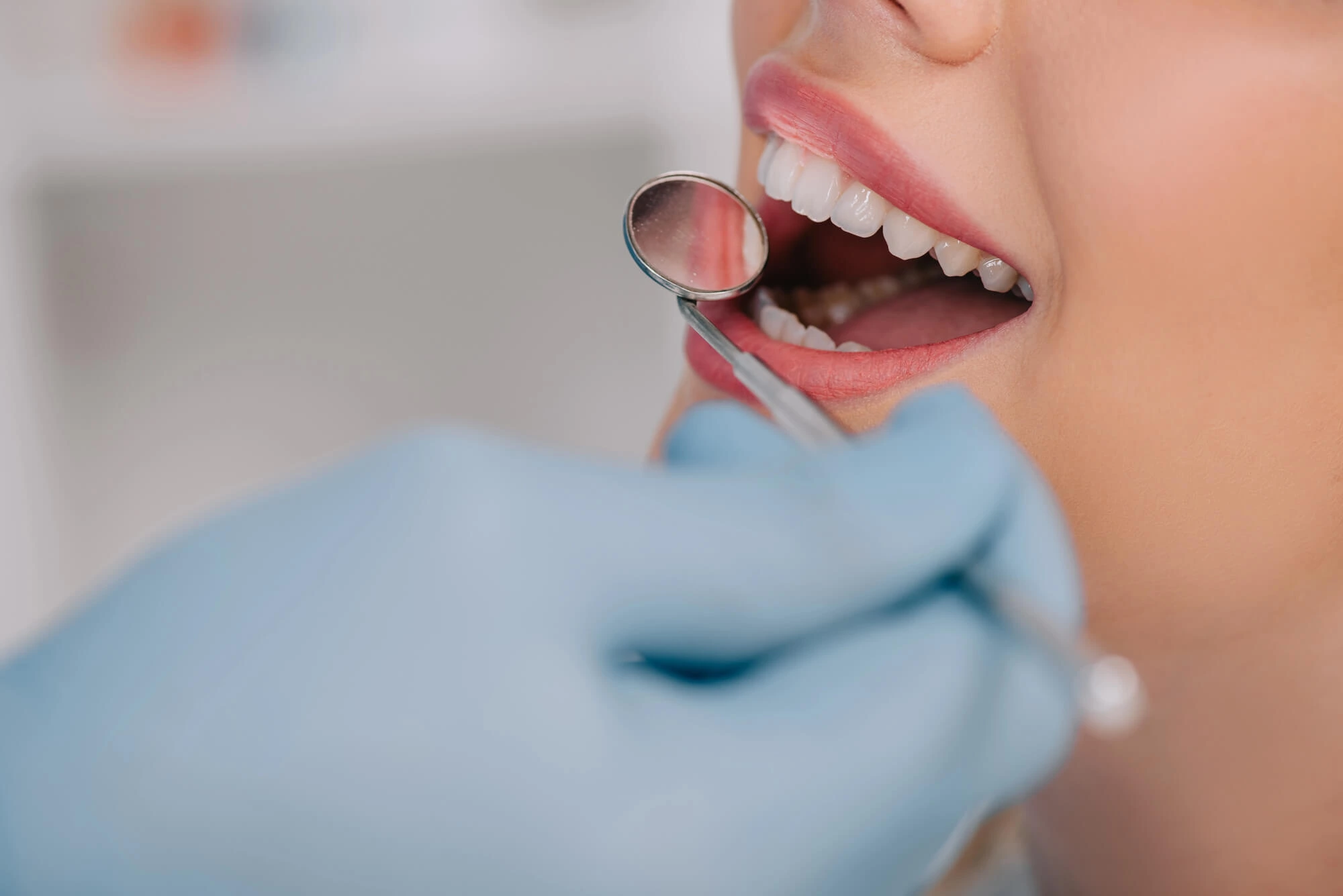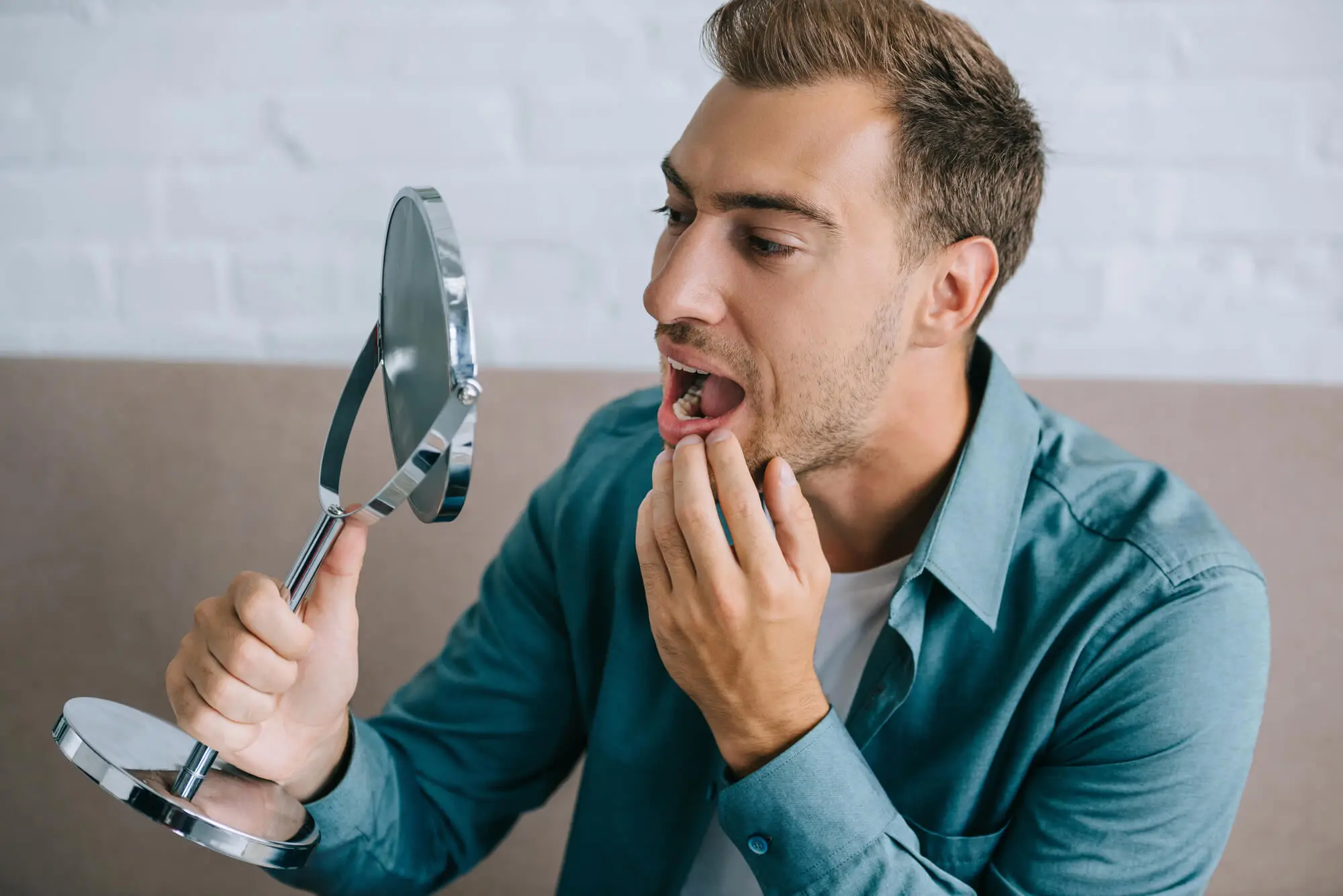.jpg)
How Does Nitrous Oxide Work at the Dentist?
March 20, 2024
If you've ever been to the dentist and felt anxious about the upcoming procedure, you might have been offered nitrous oxide, commonly known as laughing gas, to help calm your nerves. But how does this gas actually work? What happens when you breathe it in? To understand the mechanics behind nitrous oxide for anxiety and its role during dental visits, let's explore further.
.jpg)
What is Nitrous Oxide?
Nitrous oxide (N2O) is a colorless, odorless gas composed of two nitrogen atoms and one oxygen atom. It has been used for over a century as an analgesic and anxiolytic agent in medical and dental settings. Nitrous oxide is often referred to as laughing gas due to its euphoric effects when inhaled in moderate concentrations.
How is Nitrous Oxide Administered?
Nitrous oxide is administered through a mask that fits comfortably over the patient's nose. The gas is mixed with oxygen in precise concentrations to ensure safety and effectiveness. The patient simply breathes normally through the mask, allowing the nitrous oxide to take effect quickly.
How Does It Work?
When you breathe in nitrous oxide, it travels into your bloodstream from your lungs and makes its way to your brain. Once in the brain, nitrous oxide does two main things:
- It boosts the activity of certain chemicals called "inhibitory neurotransmitters," specifically one called gamma-aminobutyric acid (GABA). These neurotransmitters act like calming messengers in your brain, helping to slow down nerve signals. So, when nitrous oxide increases the activity of these calming messengers, it has a relaxing effect on your brain.
- At the same time, nitrous oxide also reduces the activity of "excitatory neurotransmitters," like glutamate. These neurotransmitters are responsible for sending signals that can make you feel more alert or sensitive to things like pain. By dialing down the activity of these excitatory messengers, nitrous oxide helps to dull your perception of pain.
So, in simpler terms, when you inhale nitrous oxide, it basically tells your brain to calm down and feel less sensitive to any discomfort you might be experiencing during your dental procedure.
Patient Experience
During nitrous oxide administration, patients may experience a range of sensations as the sedative effects take hold. Here's what you might feel:
- Relaxation: One of the primary effects of nitrous oxide is relaxation. Patients often notice a gradual sense of calm and ease as they inhale the gas. This relaxation can help alleviate anxiety and make the dental procedure more comfortable.
- Euphoria: Nitrous oxide is sometimes referred to as "laughing gas" due to its euphoric effects at moderate concentrations. Patients may experience feelings of happiness, contentment, or even mild giggling as they inhale the gas.
- Numbness: Nitrous oxide can cause a numbing sensation, particularly in the hands and feet. Patients may feel a tingling or "pins and needles" sensation in these areas, which is a common and harmless side effect of the gas.
- Warmth: Nitrous oxide can create a sensation of warmth or mild tingling throughout the body. This feeling of warmth is often described as comforting and soothing, contributing to the overall sense of relaxation experienced by patients.
- Awareness: Importantly, nitrous oxide does not induce unconsciousness. Patients remain conscious and able to respond to verbal cues from the dental team throughout the procedure. However, they may feel more detached from their surroundings or less focused on sensations of discomfort.
Overall, the patient experience during nitrous oxide administration is characterized by feelings of relaxation, euphoria, and mild physical sensations. These effects contribute to a more comfortable and positive dental visit for many people.
.jpg)
Factors Affecting Nitrous Oxide Efficacy
Many factors can influence the effectiveness of nitrous oxide for anxiety during dental procedures. Dentists consider several key elements to ensure safe and optimal sedation for their patients.
Dosage Levels
The effectiveness of nitrous oxide can change depending on the amount administered. Dentists adjust the concentration of nitrous oxide and oxygen to achieve the desired level of relaxation while keeping patients safe. Using too much can deepen sedation but also increase the risk of side effects. Finding the right balance is essential to optimize the effectiveness of nitrous oxide during dental procedures.
Patient Characteristics
Many factors about the patient can affect how they respond to nitrous oxide. Age, weight, and overall health status all play significant roles in determining the appropriate dosage and effectiveness of nitrous oxide sedation. For instance, children may require different dosages than adults, and those with certain medical conditions may have different reactions to nitrous oxide.
Environmental Conditions
Environmental factors in the dental office can also impact how well nitrous oxide works. Variables such as room temperature and humidity levels can influence the delivery of the gas and its absorption by the patient. Dentists consider these factors to maintain optimal conditions for nitrous oxide administration and improve the overall patient experience.
Are There Potential Side Effects?
While nitrous oxide is generally considered safe for use in dental procedures, there are potential side effects that patients should be aware of.
- Nausea and Vomiting: Some patients may experience feelings of nausea or even vomiting, particularly if they have a sensitivity to the gas or if it's administered at too high a concentration. These symptoms are usually mild and temporary but can be unpleasant for some individuals.
- Dizziness or Lightheadedness: Nitrous oxide can cause sensations of dizziness or lightheadedness, especially when transitioning in or out of sedation. Patients may feel a bit unsteady on their feet immediately after the procedure, but these sensations typically dissipate quickly.
- Headaches: Headaches are a common side effect of nitrous oxide use, though they are usually mild and transient. They may occur during or after the procedure but tend to resolve on their own without the need for intervention.
- Sedation-Related Risks: While rare, there is a risk of deeper sedation or even loss of consciousness if nitrous oxide is administered improperly or at too high a dose. Dentists monitor patients throughout the procedure to minimize these risks, but it's essential for patients to communicate any discomfort or unusual sensations to their dental team.
It's important to note that the majority of patients tolerate nitrous oxide well and experience minimal side effects. However, if you have any concerns or preexisting medical conditions, it's crucial to discuss them with your dentist before undergoing nitrous oxide sedation.
Open communication ensures that your dental team can tailor the sedation approach to your individual needs and provide a safe and comfortable experience.
.jpg)
Do You Want to Know More About Nitrous Oxide for Anxiety?
Our dedicated team at Parkside Dental Care understands the importance of your comfort during dental procedures. If you're interested in experiencing the relaxation benefits of nitrous oxide sedation, we're here to help. Contact us to schedule a consultation and explore how nitrous oxide can enhance your dental visit.

%20(1).webp)

%20(1).webp)

.webp)






